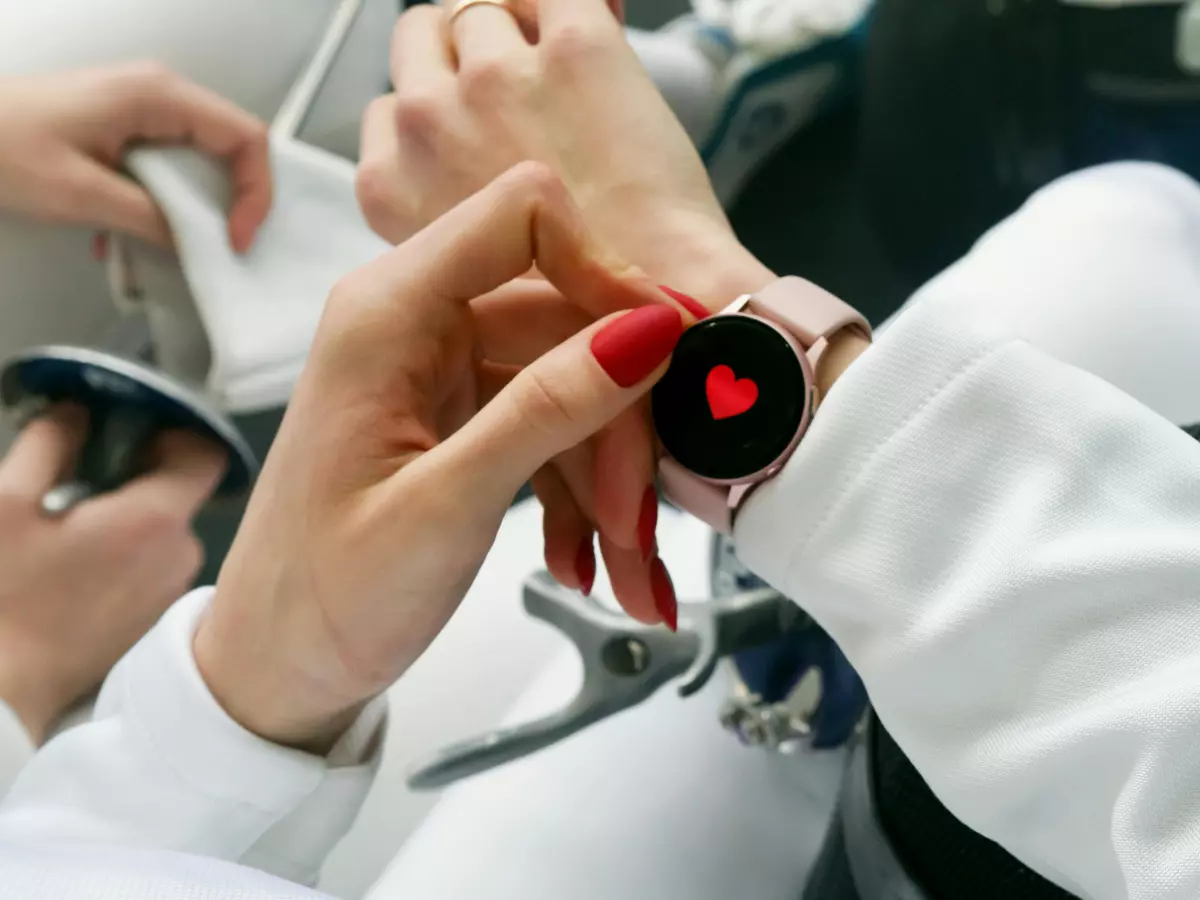Power Play
Back in the early 2010s, wearables were more of a novelty than a necessity. Devices like the first Fitbit and Jawbone UP were simple, tracking steps and sleep but offering little else. Battery life was a constant headache, with most wearables needing a charge every few days. Fast forward to today, and wearables have evolved into sophisticated devices packed with sensors, from heart rate monitors to SpO2 trackers, all while boasting battery lives that can stretch for days or even weeks.

By Wei-Li Cheng
So, how did we get here? How are modern wearables able to pack in so many sensors without draining the battery in a matter of hours? The answer lies in a delicate dance between hardware and software, where sensors, battery management, and software integration work together to create a seamless experience.
The Sensor Symphony
At the heart of every wearable is a suite of sensors, each designed to track a specific metric. Accelerometers, gyroscopes, optical heart rate monitors, and even skin temperature sensors all play a role in gathering data. But here's the catch: sensors are power-hungry. Every time a sensor takes a reading, it consumes energy, and with multiple sensors running simultaneously, the battery could drain faster than you can say 'low battery.'
To combat this, wearable manufacturers have turned to smarter sensor management. Instead of running all sensors at full power all the time, modern wearables use algorithms to activate sensors only when necessary. For example, your wearable might only check your heart rate every few minutes when you're at rest, but switch to continuous monitoring during a workout. This dynamic sensor management is key to extending battery life.
Battery Life: The Unsung Hero
Battery technology has also come a long way since the early days of wearables. Lithium-ion batteries are now more efficient, offering higher energy densities in smaller packages. But even the best battery can't last forever, which is why wearables rely on power-saving features like low-power modes and optimized charging cycles.
One of the most significant advancements in wearable battery life has been the introduction of low-power processors. These chips are designed to handle basic tasks, like sensor data collection and display updates, without consuming much energy. By offloading more complex tasks to your smartphone or the cloud, wearables can conserve battery power for when it's really needed.
Software: The Glue That Holds It All Together
Of course, none of this would be possible without software. The operating systems that power wearables, like Wear OS and watchOS, are designed to optimize battery life by managing how sensors and processors interact. These systems use machine learning to predict when you'll need certain features, like GPS or heart rate monitoring, and adjust power usage accordingly.
In addition to managing sensors, software also plays a crucial role in data processing. Instead of processing all the data on the device itself, many wearables send raw sensor data to your smartphone or the cloud for analysis. This offloading reduces the workload on the wearable's processor, saving battery life in the process.
The Future of Wearable Power
As wearables continue to evolve, so too will the technologies that power them. We're already seeing the development of new battery technologies, like solid-state batteries, which promise even greater energy densities and faster charging times. Meanwhile, advancements in sensor technology are making it possible to gather more data with less power.
In the future, we may even see wearables that can harvest energy from the body itself, using technologies like thermoelectric generators or kinetic energy harvesters. Imagine a smartwatch that charges itself as you move or generates power from your body heat—it's not as far-fetched as it sounds.
So, the next time you glance at your wearable and marvel at its battery life, remember that it's not just the battery doing the heavy lifting. It's the sensors, the software, and the clever engineering behind the scenes that make it all possible.




